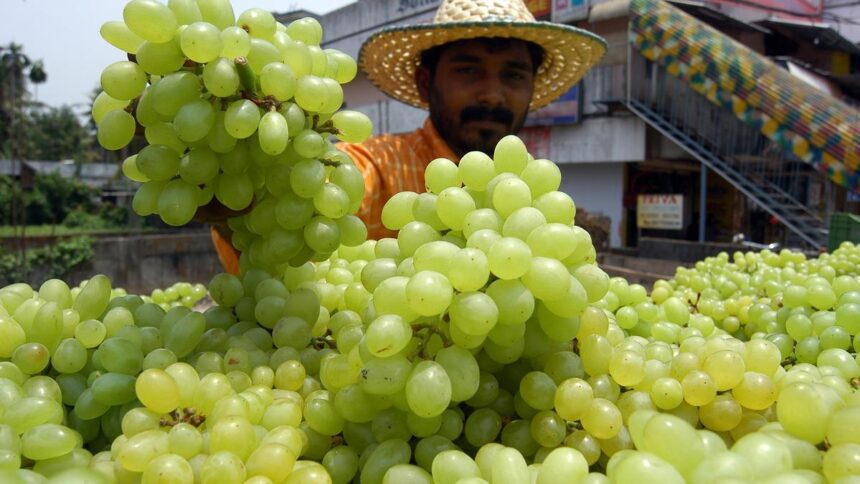China is significantly reshaping the global table grape market, establishing itself as the world’s second-largest exporter and challenging established suppliers, as highlighted in a recent report by RaboResearch.
The Southeast Asian market is emerging as a prime opportunity for diversification, appealing to not only China but also competitors like Australia, India, and South Africa, as they seek to counterbalance declining growth in Western markets.
Currently, China produces nearly half of the world’s grapes and has more than doubled its exports since 2016, reaching an impressive 596,000 tonnes in 2024. Once a net importer, China has transformed into the second-largest exporter globally, with shipments projected to exceed 100 million boxes by the end of the decade.
Demand remains steady in traditional markets such as the EU and the US, but Southeast Asia has emerged as a critical battleground. Rising incomes and changing consumer preferences are driving increased grape consumption in this region, which includes Indonesia, Vietnam, and the Philippines—countries with populations over 100 million yet low per capita grape availability. Meanwhile, nations like Thailand and Singapore have higher consumption rates, with a continued demand for premium seedless varieties.
China is projected to supply over 60 percent of ASEAN’s grape imports by 2024, up from 26 percent a decade prior. Exports are diversifying beyond traditional markets such as Thailand, Vietnam, and Indonesia, despite a 45 percent decline in wholesale prices in China since 2020 due to rising costs and reduced yields.
With 65 percent of the global middle class projected to be located in the Asia-Pacific by 2030, analysts believe that China and Southeast Asia will play central roles in the next growth phase of the global table grape industry.
Other Key Markets
South American table grape exporters are experiencing a resurgence, with Peru and Chile at the forefront of recovery after facing two challenging seasons, according to the report.
In the 2024/25 season, exports from South America reached a record 1.3 million tonnes (approximately 160 million boxes), driven by favorable weather conditions, improved water availability, and expanding production in Peru. Peru continues to be the dominant exporter in South America, with its export-certified area increasing by over 50 percent over the last decade. The country is expected to see an additional 4 percent rise in exports for the 2025/26 season, with Chile and Brazil also expecting modest growth.
Record Imports Expected
On the demand side, global imports are anticipated to reach a record 4.4 million tonnes in 2025, equivalent to 537 million boxes. The EU and US remain the largest importers, collectively accounting for 43 percent of global imports. Growth in these mature markets has been steady at around 2 percent annually, while Asian and Middle Eastern markets exhibit more varied trends.
RaboResearch suggests that the combination of South America’s supply recovery and sustained global demand sets the groundwork for another record-breaking year in 2025/26.
Published on October 3, 2025










